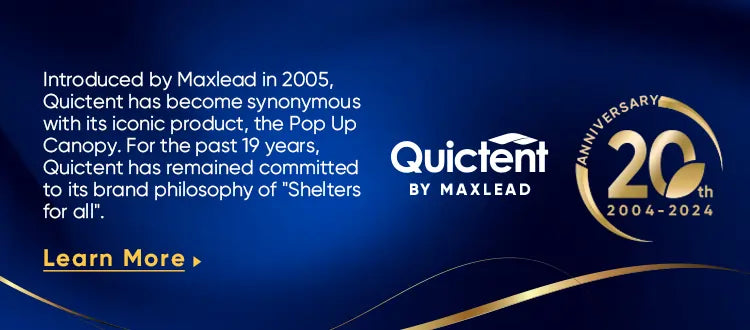Now is the best season for you to garden. The two widely used planting methods are direct planting and transplanting. Both methods have characteristics, and we cannot simply and directly indicate which cultivation method is better.

(direct seeding)
Gardeners have their unique gardening styles, which can influence the choice of planting method.
In this blog, we will learn about the differences between these two planting methods and help you choose the better one.
What is direct seeding?
As the name implies, direct seeding is when the planting is sown directly into the garden. This method is suitable for plants that germinate quickly, such as radishes, peas, and beets. Direct seeding is a traditional planting way that is favored by many farmers.
Pros of direct seeding
Save money. Planting seeds directly in the garden or farm does not require a lot of facilities, which can save the gardener money. Also, it costs less to buy seeds than to buy plants.
 (take care of plants)
(take care of plants)
It is more suitable for novice gardeners. Direct seeding is an easy way to grow. A novice gardener does not need to know a lot of skills to get started.
Suitable for most plants. Many plants are suitable for direct seeding. Although transplants are popular, some plants, such as melons, are not suitable for transplanting. Melons have fragile roots and stem.
Cons of direct seeding
Highly influenced by the weather. Plant growth is affected by the weather. Direct seeding can be more difficult in summer and winter than in spring and fall. Also, plants grown outdoors must cope with weather hazards such as floods, high winds, and pests.
Use the land for longer. Growing plants in a greenhouse allows you to harvest multiple times a year. Plants grown outdoors can only be harvested once or twice a year and occupy the land for longer.
More seeds are needed. When direct seeding, you need to sow more seeds in preparation for subsequent your seedlings thinning. You will need to pull out some crops as they grow to make sure they are evenly spaced. Find out how far apart you need to space your plants. Tight growing spaces can cause plants to compete for nutrients.
What is transplanting?
Transplanting is a popular planting method. It refers to a planting method in which seedlings or whole plants are planted directly into the garden. Usually, the seeds are first grown in a greenhouse. When the plant reaches a certain growth stage it is transplanted outdoors.
Pros of transplanting
Ideal growing environment. Backyard greenhouses provide the ideal growing environment for seedlings. The gardener can control conditions such as temperature, humidity, light, and water. Seedlings are not affected by outside elements or weeds.
Higher yields. With greenhouses, you may get more crops. Greenhouse cultivation shortens the growing time of your crops, allowing you to harvest more in a short period.

(farmers in greenhouse)
More flexible. Greenhouses provide ideal growing conditions for plants. If the weather conditions are bad, the plants will not be affected by them.
More choices. You can grow a variety of plants in the greenhouse, for example, you can grow tomatoes, cucumbers, and eggplants at the same time.
Cons of transplanting
Higher cost. To provide an ideal environment for your plants, you need a lot of facilities, such as heaters and humidifiers. Moreover, maintaining greenhouses also brings costs. In contrast, direct cultivation appears to be more cost-effective.
More suitable for experienced gardeners. For plants to stay in good condition both in the greenhouse and in the garden, gardeners need to observe them frequently to avoid problems.

(person transplanting plant with soil)
This requires the gardener to have more experience and to keep learning new techniques. Novices may not be able to detect problems in time, causing plants to wither or even die during growth.
How to choose the right planting method?
Your preferences
The gardener's preference can also influence the choice of planting method. Some people prefer the experience of sowing seeds directly in the garden, which they believe will bring better results. If you prefer to grow plants that germinate quickly or rootstock, direct seeding is a better way to plant. Raised garden beds are a favorite gardening tool for gardeners who like to use them to make compost or to grow plants such as vegetables directly in them.
(quictent raised garden bed)
Some gardeners like a special planting experience and transplanting is a more suitable planting method for them. In a greenhouse, gardeners can grow multiple plants at the same time.
Your Budget
If choosing to direct seeding, gardeners will need to have enough seeds, fertilizer, and other common gardening tools. The cost of seeds and tools is not high. The gardener needs to be more concerned about the soil condition, the quality of the seeds, and the growth of the seedlings.
If transplanting is an option, the gardener needs to be more prepared. Greenhouses provide the ideal environment for seedlings to grow, but there are different types of greenhouses. Aluminum-framed, glass, and portable greenhouses are all recommended greenhouse options. Aluminum-framed and glass greenhouses are more costly and you need to consider if you are out of budget.
Portable greenhouses are moderately priced and are often used as hobby greenhouses and are great for gardeners trying to transplant for the first time. Quictent 10'x 20' greenhouse is a quality portable large greenhouse that protects plants from the natural elements and animals. There are multiple vents on each side of the greenhouse.
Your Gardening Experience
Anyone can grow their favorite plants in their garden without any experience. Even if the plants you grow don't survive, this doesn't hurt much. Greenhouse gardening often requires a gardener with more sophisticated gardening experience, and you will need to adjust the interior of the greenhouse to the growth habits of the plants. Temperatures and humidity that are too high or too low are not suitable for greenhouse plant growth.
Weather in your area
When growing plants outdoors, you need to consider the effect of the weather on your plants. For example, in the California region, you should grow drought-tolerant plants, because plants grow in dry conditions. High winds, rain, and snow can hurt plants grown outdoors. In winter, plants grown outdoors will face the challenges of cold surroundings. If you want to grow plants in winter, it is recommended to first raise seedlings in a greenhouse and transplant them to the garden after early spring.
Conclusion
We list the advantages and disadvantages of direct seeding and transplanting for you. Before choosing a planting method, you should consider factors such as gardening style, preference, and temperature.








